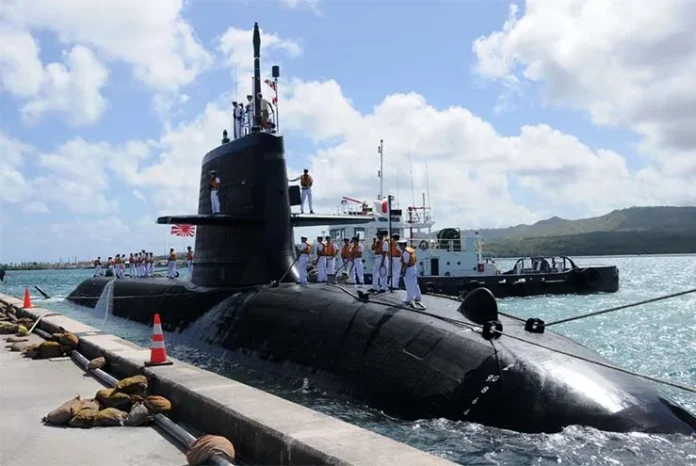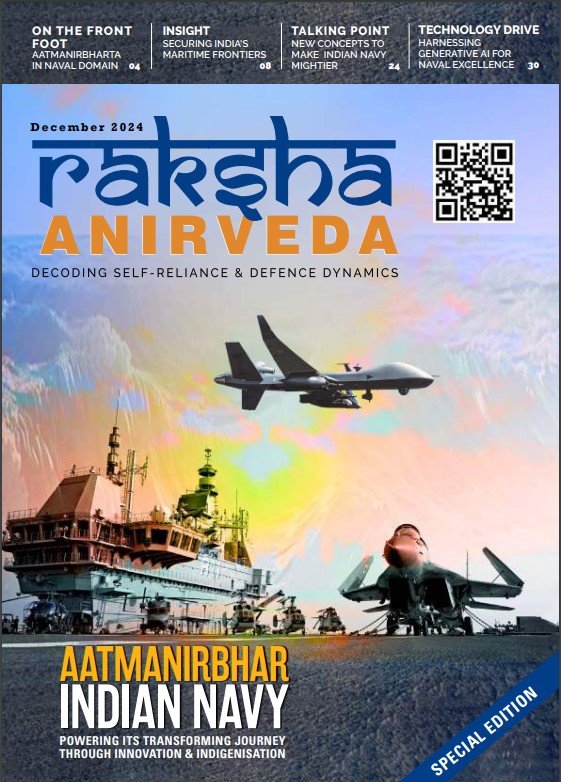Japan and India are deeply entrenched in a defence partnership that can be expected to serve their respective interests. This is a development that has especially intended to focus on various maritime-naval aspects such as underwater warfare (submarines) and Search-And-Rescue (SAR). Two deals have been explored between Japan and India with both the sales going from Tokyo to New Delhi but remain incomplete to date. These deals are a part of the evolved strategic partnership between the two countries that lays particular importance to defence ties. With the trade of defence equipment lacking sorely between the two otherwise committed defence partners, India and Japan have decided to explore the possibility of improving this area.
As part of the tender of the Project 75I of the Indian Navy, India pondered an approach to Japan to acquire its highly-advanced Soryu-class submarines. The Project 75I is an ambitious Indian plan to induct six air-independent propulsion (AIP) submarines for the Navy’s extended zones of operations. AIP is an advanced submarine propulsion technology which enables submarines to operate for longer spells underwater as opposed to simple diesel-electric submarines which have to surface to recharge. The aim, for India, remains to emerge as a leader in submarine technologies and to boast an inventory that is capable of combatting serious threats such as those posed by the Pakistani Navy and the Peoples’ Liberation Army Navy (PLAN). The Indian Ocean and Indo-Pacific regions are at the crux of this concern for India about its national security and defence. India needs submarines for not just purposes of conflict but even for everyday surveillance and patrols.
The Soryu-class is an underwater demon that can provide a strong combat capability, underwater presence, and domain awareness. The Soryu-class submarine was first commissioned in the Japan Maritime Self-Defense Force (JMSDF) in 2009 (JS Soryu). The Soryu-class operates on diesel-electric engines with air-independent propulsion (AIP). In 2018, Japan launched the first lithium-ion Soryu-class submarine. The Soryu-class are built by Mitsubishi Heavy Industries (MHI) and Kawasaki Shipbuilding Corporation (KSC) for the JMSDF.
A requirement for an advanced lethal operator under the seas emerged when the Indian Navy decided to build six submarines. The deal is worth billions of dollars and six foreign OEMs were involved in the deal initially. India had decided to consider Japan’s liberalizing arms export regime favourable for procuring advanced submarines for its navy. Japan has particularly considered India as a prospective market for its nascent arms export regime and the India-Japan Special and Global Strategic Partnership stands to gain immensely from high-profile defence-oriented ventures. India and Japan have powerful defence arsenals and are both keen on emerging as arms exporters ahead of arms importers.
Cdr Abhijit Singh says that the Soryu-class submarines are too advanced for the Indian Navy’s requirements. He says that India was looking for less advanced submarines than the mammoth Soryu-class offer. Probal Ghosh believes that the submarines are too large for the Indian requirement but are quieter and have more endurance. India has been keen on acquiring submarine technology in addition to the submarines themselves since a focus on indigenous builds of advanced naval weaponry is on the cards. Issues over submarine technology transfer from Japan to India have also helped stall the deal. Japan operates advanced lithium-ion submarines in its JMSDF and India stands to benefit immensely from them were a deal to be concluded at some point in the future. Indian defence purchases from abroad have become conditional as India seeks to emerge as a self-reliant power in the realm of defence.
Conclusion – A deal in limbo
As things stand, the deal appears to be definitively shelved. There are no recent reports of India resuscitating what appears to be a dead-rubber plan. The last updates came in April 2015 when it became clear that India and Japan were not going to finalise a defence deal anytime soon. Earlier, in March, New Delhi had announced the absence of a Japanese response to the Indian submarine tender worth US$ 12 billion. The Soryu-class are an advanced batch of submarines that would do India a world of good for its naval inventory. However, India has now opted for self-reliance in defence and this includes the indigenous production of world-class attack submarines.
To acquire a new deadly submarine such as the Soryu-class may appear to be dead rubber but India should continue to consider advanced Japanese defence technologies to provide the lead to its defence sector. India has also pondered the acquisition of the ShinMaywa US-2i Search-And-Rescue (SAR) aircraft from Japan with technology transfer another bone of contention in the process of the completion of the deal. One hopes that the future for India-Japan defence trade isn’t over and a lot is yet on the horizon for the two committed defence partners in New Delhi and Tokyo.
-The writer is a researcher writing two books for National Maritime Foundation (NMF) on Japan and South Korea’s geopolitical, geo-economic and geostrategic interests in the Indian Ocean. He is a prolific writer and published author; a research fellow at the Defence Research and Studies (DRaS) think tank; a member of the Indo-Pacific Circle and the chief editor of an upcoming monthly magazine at the Indic Researchers Forum. The views expressed are personal and do not necessarily reflect the views of Raksha Anirveda





